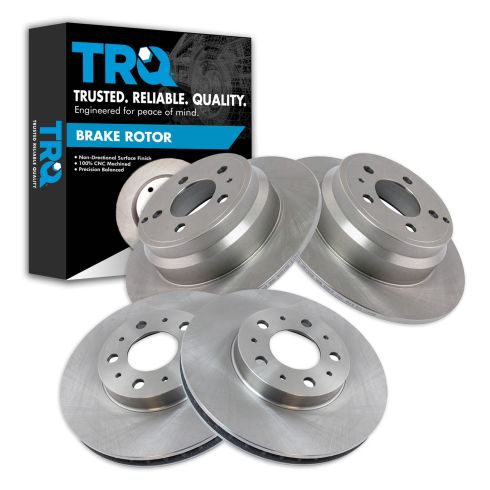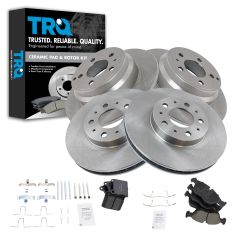1ABFS10192-Volvo 850 C70 S70 V70 Front & Rear 4 Piece Brake Rotor Set TRQ BRA15270

Replaces
2002 Volvo C70 with 11 in. (280mm) Diameter Front Rotors Front & Rear 4 Piece Brake Rotor Set TRQ BRA15270

Product Reviews
Loading reviews
There are no reviews for this item.
Customer Q&A
No questions have been asked about this item.
Volvo is a registered trademark of Volvo Trademark Holding AB. 1A Auto is not affiliated with or sponsored by Volvo or Volvo Trademark Holding AB.
See all trademarks.















